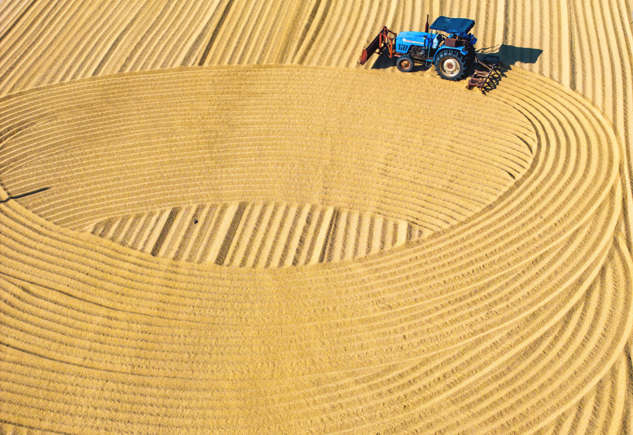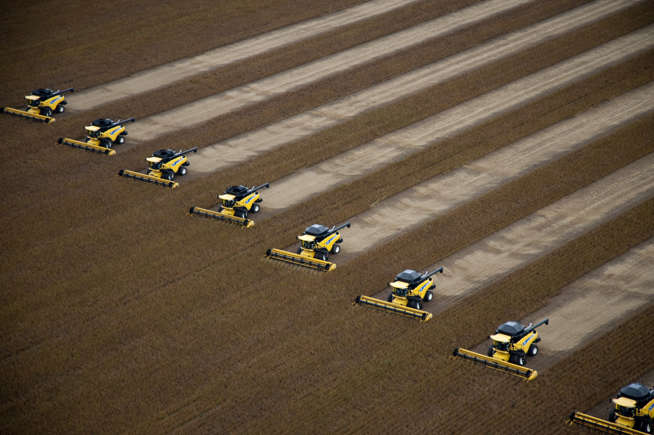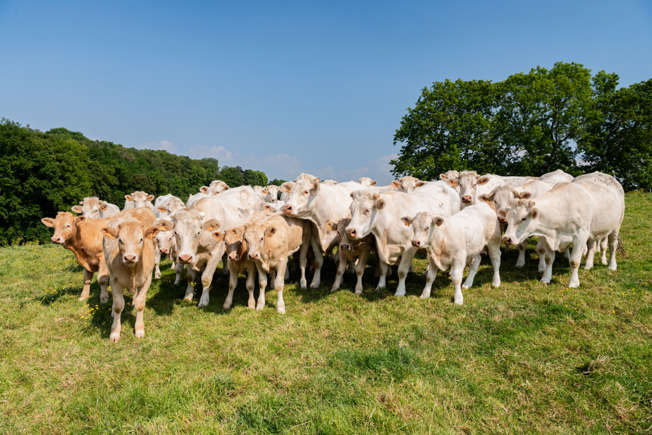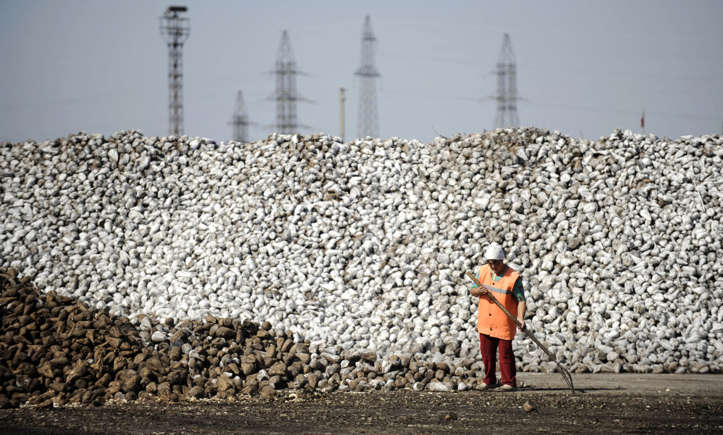According to Standard Bank, Africa holds 60% of the world’s uncultivated arable land, yet not a single African country ranks among the world’s top food producers. While agriculture employs over 50% of the continent’s population, its contribution to global food exports remains marginal. Meanwhile, nations with either less land, harsher climates, or smaller populations have found ways to dominate global agriculture.
So who’s leading, and why is Africa trailing despite its potential?
Let’s examine six of the world’s most outstanding agricultural producers, based not only on output but on strategy, innovation, and quality, and explore what African nations can learn to close the gap.
1. China – Scale, Science, and State Strategy

China stands as the world’s largest producer of rice, wheat, vegetables, pork, and potatoes, a position achieved through massive public investment in agricultural research, mechanization, and advanced technologies. The country’s strong central planning, land reform initiatives, and ecological farming strategies have transformed its agriculture into a global powerhouse.

In Africa, countries like Ethiopia and Nigeria have the potential to follow a similar path, thanks to their large rural populations and favorable climates. Ethiopia’s recent progress toward wheat self-sufficiency is a positive step, but matching China’s scale would require significant investment in irrigation, modern farming technologies, and a deliberate shift toward diversified, high-yield crop production.
2. United States – Precision, Power, and Productivity

The United States ranks as a top global producer of corn, soybeans, beef, and dairy, driven by large-scale industrial farming, AI-powered systems, and genetic engineering. Backed by billions in federal subsidies and robust research institutions, its agriculture is highly export-oriented and technologically advanced.

South Africa shows strong potential to compete, with established commercial farms and emerging agri-tech startups. However, to reach U.S. levels of productivity and influence, it must scale up agri-financing, promote youth participation in agribusiness, and develop cross-border export infrastructure through the African Continental Free Trade Area (AfCFTA).
3. Brazil – Agribusiness and Global Supply Power

Brazil is the world’s second-largest producer of soybeans and a leading exporter of beef, poultry, and sugar. Its success stems from a strong agribusiness model, with 41% of the country’s land under cultivation and a focus on export-driven production. However, this growth comes with mounting environmental concerns, particularly around deforestation and sustainability.

In Africa, Angola and the Democratic Republic of Congo (DRC) possess comparable agricultural potential, with vast arable land and abundant water resources. Yet, challenges such as poor infrastructure, insecure land tenure, and political instability continue to limit progress. Addressing these issues could allow them to emulate Brazil’s rise, particularly in soy production, livestock, and sugar exports.
4. France – Policy-Backed Quality and Sustainability

France is a major agricultural force, known for its production of wheat, wine, dairy, and organic goods. Its success is driven by EU subsidies, climate-smart farming practices, and advanced traceability systems, enabling it to dominate global markets with high-value exports like wine, cheese, and premium grains.

Morocco emerges as a strong African contender, already excelling in exports of citrus, olives, and vegetables. However, to rival France’s influence, it must expand irrigation infrastructure, diversify its export destinations, and enhance global branding of its agricultural products to command higher market value.
5. Netherlands – Innovation Over Land Size
The Netherlands ranks as the world’s second-largest food exporter, an impressive feat for a country smaller than Rwanda. Its agricultural success is built on high-tech solutions like greenhouse farming, vertical agriculture, and water-efficient systems, with a strong focus on high-value crops such as tomatoes, flowers, and potatoes.
Rwanda and Kenya show similar ambition, with growing investments in climate-smart agriculture and youth-led innovation. To reach the Netherlands’ level, both countries need to accelerate support for urban farming, strengthen post-harvest infrastructure, and expand digital tools that empower smallholder farmers to boost productivity and market access.
6. Japan – Small Land, Big Value

Despite its limited land, Japan maintains high productivity in rice, vegetables, and premium meats through cutting-edge technology, strict quality control, and strong consumer-driven food markets. Its success is also rooted in a deep cultural commitment to food safety, self-sufficiency, and farming traditions.

Uganda and Ghana mirror this potential with rich food cultures and widespread smallholder farming. To follow Japan’s path, they must invest in agro-processing, develop premium domestic food brands, and introduce technologies that enhance yields and efficiency on small landholdings.
Russia and India
Russia leverages its vast landmass to dominate global grain markets, relying heavily on large-scale production rather than innovation. While many African countries have comparable land potential, they fall short due to weak logistics, inadequate grain storage, and unstable agricultural policies, key gaps that prevent them from competing at Russia’s scale.

India, similarly, ranks among the top agricultural producers thanks to its extensive farmland and large population. However, it grapples with low productivity, limited mechanization, and climate-related challenges, issues that closely mirror the struggles faced by African nations seeking to transform their agricultural sectors.

What Africa Must Do to Compete
To compete globally, African countries must move beyond traditional farming by mechanizing agriculture, providing affordable equipment to smallholders, and investing in critical rural infrastructure such as roads, cold storage, and irrigation. Strengthening policy frameworks and land governance is essential for securing scale, while adopting climate-resilient crops and innovative technologies will enhance productivity.
Encouraging youth-led agri-innovation through funding and digital training, along with developing value chains for export-ready processing and branding, can transform the continent’s agricultural landscape. Africa’s future lies in its farms, not due to lack of land or labor, but gaps in policy, investment, and innovation, and with bold, coordinated action from nations like Rwanda, South Africa, Nigeria, and Morocco, the continent has the potential not only to feed itself but to become a key player in global food security.








